
How to use Gateway API with OpenShift Service Mesh 2.6
Learn how to implement the Kubernetes Gateway API 1.0 feature on Red Hat OpenShift, then use it to configure traffic into an application running on OpenShift clusters.

Learn how to implement the Kubernetes Gateway API 1.0 feature on Red Hat OpenShift, then use it to configure traffic into an application running on OpenShift clusters.

As enterprises seek to utilize the power of generative AI, they often struggle with the transition from experimentation to production-ready solutions. This talk will guide you through the steps needed to build an enterprise-grade generative AI application, starting with local experimentation using Podman AI Lab and finishing in a scalable, secure deployment on Red Hat OpenShift AI.
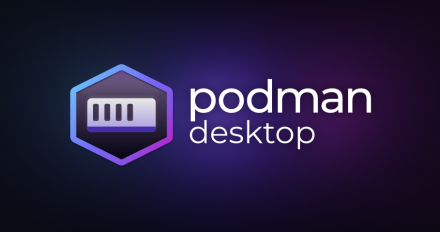
With GPU acceleration for Podman AI Lab, developers can inference models faster and build AI-enabled applications with quicker response times.
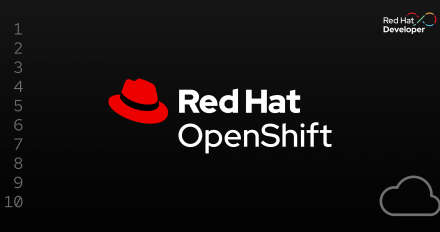

Discover how to implement a distributed transaction solution using Jakara EE Jakarta Enterprise Beans (EJB) in this in-depth guide.

An exploration of how to use built-in build tooling available in OpenShift Container Platform 4 to build multi-architecture container images when running a cluster with multi-architecture compute machines.

Learn how to deploy a bootc container image in a bare metal environment using image mode for Red Hat Enterprise Linux.

The 7.1 version of Red Hat’s Migration Toolkit for Applications includes new features like support for analysis of .NET applications, automatic language and technology discovery, location of where certain technologies are being used in applications, and more.

Learn how to build and run containers locally using Podman Desktop, then configure an automated CI/CD pipeline that will build your container images and push them to an image registry.
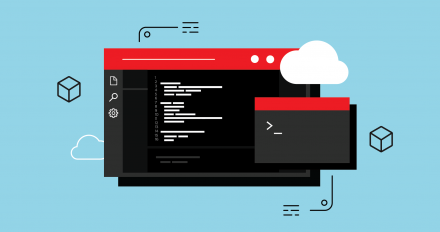
Learn how to set up a cloud development environment (CDE) using Ollama, Continue, Llama3, and Starcoder2 LLMs with OpenShift Dev Spaces for faster, more efficient coding.

The latest, stable updates of development technologies for Red Hat Enterprise
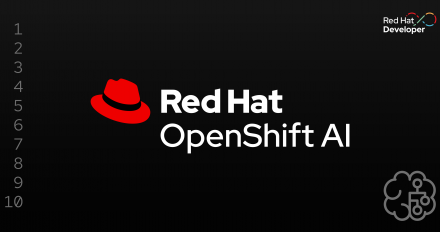
Red Hat OpenShift AI provides tools across the full lifecycle of AI/ML experiments and models for data scientists and developers of intelligent applications.

Learn how to deploy and use the Multi-Cloud Object Gateway (MCG) from Red Hat OpenShift Data Foundation to support development and testing of applications and Artificial Intelligence (AI) models which require S3 object storage.

Learn how to create and manage your virtual machines (VMs) using Red Hat
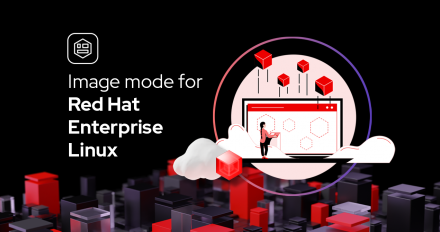
Manage your operating system with the same container tools and workflows used

Learn how to create an OpenShift operator oc-mirror's ISC configuration file by scripting.

When deploying an application to access Data Grid deployed via Data Grid Operator a few options can be taken: access via internal service or expose via Route, LoadBalancer, or NodePort

Red Hat OpenShift Local is the quickest way to get started building OpenShift
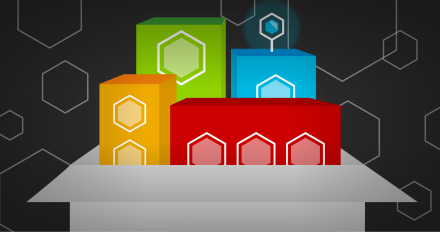
This article aims to describe Apps and Stacks container images from two perspectives: user’s and developer's.

Address cross-cloud identity challenges with SPIFFE/SPIRE on Red Hat OpenShift

Active Directory Utility for SQL Server (ADUTIL) is now officially supported with RHEL 9. The adutil tool is a command-line interface (CLI) utility for configuring and managing Windows Active Directory domains for SQL Server on Linux and containers, without switching between Windows and Linux machines to manage Active Directory.
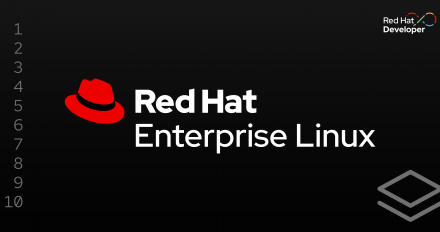
This article provides a high level introduction to Toolbx, describing how it supports modern development and troubleshooting workflows on Red Hat Enterprise Linux.

This article aims to show the features and complete utilization of Java Flight Recording (JFR) via Cryostat Operator (Cryostat) for Red Hat OpenShift Container Platform (RHOCP) 4.x. Use cases are explained.

Observability signal correlation for Red Hat OpenShift, based on the Korrel8r project, makes it easier to manage and monitor your infrastructure effectively.
